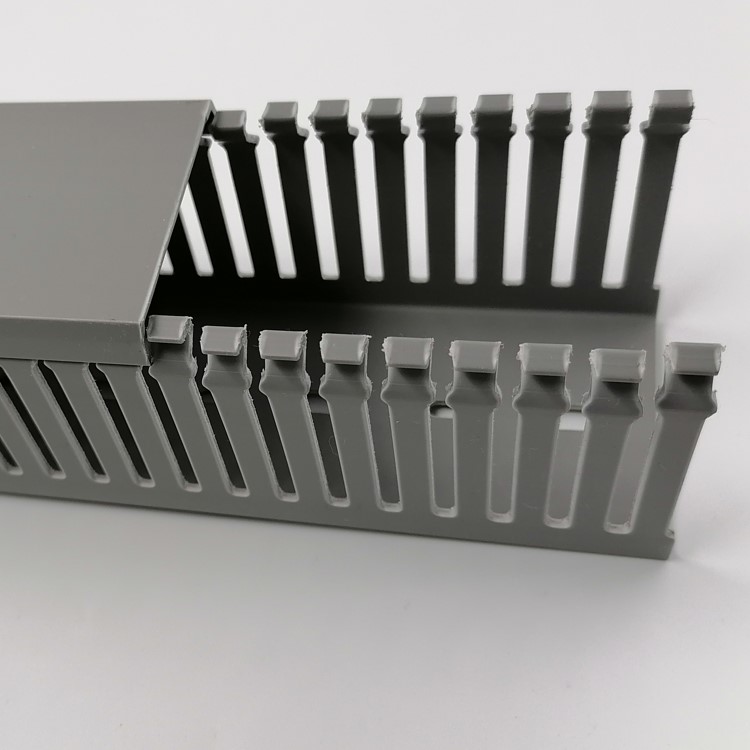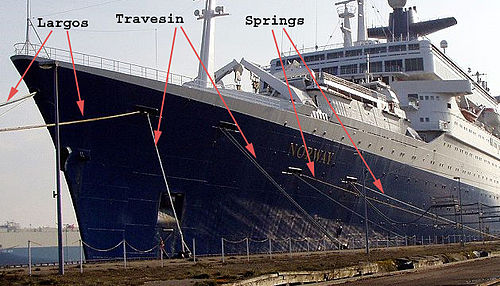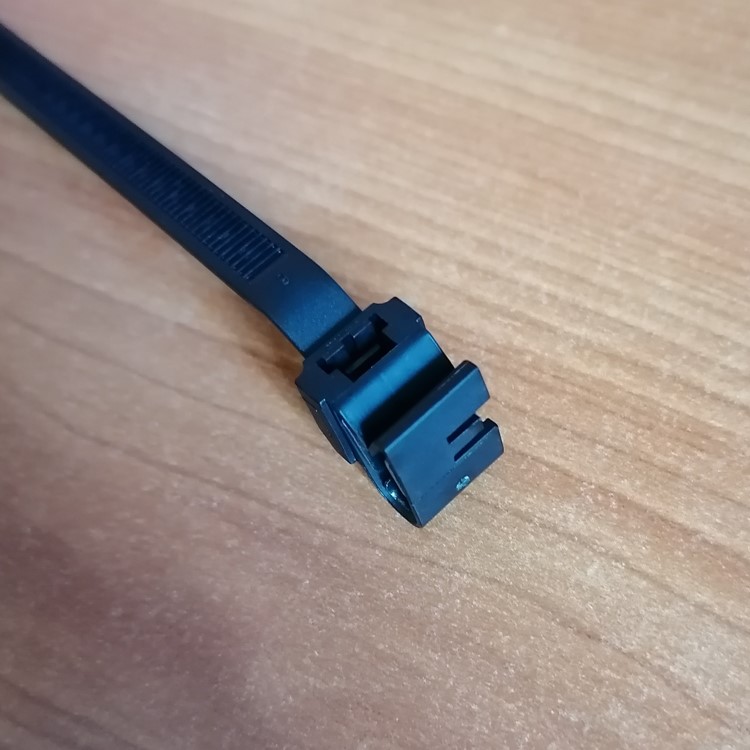Few other cooling applications approach the large volumes of water required to condense low-pressure steam at power stations.[24] Many facilities, particularly electric power plants, use millions of gallons of water per day for cooling.[25] Water cooling on this scale may alter natural water environments and create new environments. Thermal pollution of rivers, estuaries and coastal waters is a consideration when siting such plants. Water returned to aquatic environments at temperatures higher than the ambient receiving water modifies aquatic habitat by increasing biochemical reaction rates and decreasing the oxygen saturation capacity of the habitat. Temperature increases initially favor a population shift from species requiring the high-oxygen concentration of cold water to those enjoying the advantages of increased metabolic rates in warm water.[11]
Once-through cooling (OTC) systems may be used on very large rivers or at coastal and estuarine sites. These power stations put the waste heat into the river or coastal water. These OTC systems thus rely upon an ample supply of river water or seawater for their cooling needs. Such facilities are built with intake structures designed for bringing in large volumes of water at a high rate of flow. These structures tend to also pull in large numbers of fish and other aquatic organisms, which are killed or injured on the intake screens.[26] Large flow rates may trap slow-swimming organisms including fish and shrimp on screens protecting the small bore tubes of the heat exchangers from blockage. High temperatures or pump turbulence and shear may kill or disable smaller organisms that pass through the screens entrained with the cooling water.[27]: Ch. A2 More than 1,200 power plants and manufacturing facilities in the U.S. use OTC systems;[28]: 4–4 the intake structures kill billions of fish and other organisms each year.[29] More-agile aquatic predators consume organisms impinged on the screens; and warm water predators and scavengers colonize the cooling water discharge to feed on entrained organisms.
The U.S. Clean Water Act required the Environmental Protection Agency (EPA) to issue regulations on industrial cooling water intake structures.[30] EPA issued final regulations for new facilities in 2001 (amended 2003),[26][31] and for existing facilities in 2014.[32]







